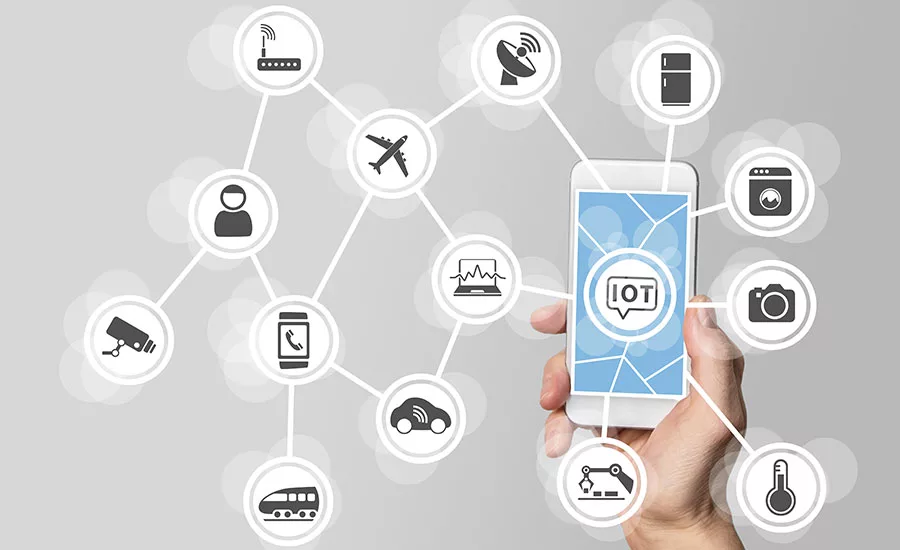The Benefits of Autonomous Buildings
Part 2 in a 3-Part Series on the Internet of Things

Autonomous buildings are the true promise of IoT and take automation a step further by fully harnessing the capabilities of advanced connectivity.
It’s what happens when multiple systems converge to produce automated outcomes that all stem from one sensor, but vary slightly based on specific scenarios.
Security professionals aren’t strangers to the possibilities of automation and rely on technologies like analytics to detect motion and trigger an action. They will play an important role in transforming spaces into highly connected, efficient, autonomous environments.
Devices, such as cameras and sensors, which have long been central to security systems will play an integral role in the autonomous building. They have the potential to connect to every other system in the building, creating new integration opportunities.
Already, the move from automated buildings to autonomous buildings is changing the way security professionals must think about IoT, especially sensors. Sensors and connected devices will greatly enhance safety and security in all spaces.
For autonomous buildings to be successful, their components should be built physically into the spaces, elevating the space’s intelligence, and built to stand the test of time.
Devices must have a substantial amount of computing power and have the ability to be upgraded or refreshed. This will extend the device’s lifecycle and provide a migration path as new technologies become available.
As buildings become smarter and rely more heavily on user-provided data, the integrity of underlying infrastructure is critical to ensuring data is secure. IoT helps automate data security by analyzing normal activity and raising alerts when it appears a device could have been compromised.
The idea of the autonomous buildings is just being explored now in the consumer market, and the enterprise market will not be very far behind. Hospitality and office buildings may be the first to benefit from the advanced connectivity and intelligence of full autonomy.
By combining advanced connectivity with the application of practical but progressive smart building strategies, these spaces will be transformed into safer, more secure environments for people and data, with enhanced productivity, efficiency, comfort and sustainability.
Read the first part of this series on IoT here.
Looking for a reprint of this article?
From high-res PDFs to custom plaques, order your copy today!






